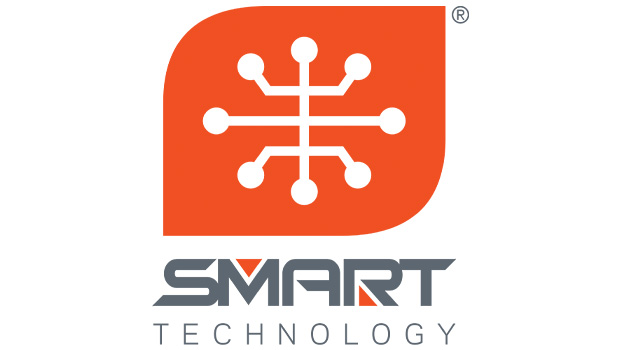About SPEKTRUM™
LIMITLESS POSSIBILITIES

In October 2004, Horizon Hobby rocked the RC world by unveiling one of the most revolutionary products ever to hit the market: Spektrum™ 2.4GHz Digital Spectrum Modulation Technology. Similar technology in the computer and telephone industries eliminated interference, increased signal resolution, and provided a more robust link between the base and transmitting units. Since then, RC enthusiasts worldwide have embraced Spektrum technology as the cornerstone of the radio control hobby.
IN THE BEGINNING
Spektrum DSM Technology, introduced at the 2004 iHobby Expo at the Donald E. Stephens Convention Center in Rosemont, Illinois, took the radio control world by storm. At the show, the overwhelming question from attendants was, of course, "When will it be available?" The first releases were a series of modules for existing JR, KO Propo, HiTec, Airtronics, and Futaba RC transmitters that allowed racers to enjoy the crystal-clear and reliable signal provided by Spektrum technology without requiring them to purchase separate radios. Horizon Hobby tested Spektrum modules and receivers at several significant events to ensure the technology worked, including the U.S. Indoor Championships in Cleveland, Ohio, and the IFMAR On-Road Electric World Championships held at the Full Throttle Speedway in Kissimmee, Florida. Drivers such as Mark Pavadis, Tyree Phillips, Brian Kinwald, and others used Spektrum modules at these high-profile events.
However, this was just the start.
After the module systems were released, designers went to work on the first Spektrum-branded RC transmitter. Engineers began to receive comments from hobbyists indicating they would like to see a Spektrum-based radio with everything in one box. The first all-in-one 2.4GHz transmitter, the DX3, made its worldwide debut in May 2005 at the RCX convention in Los Angeles, California.
The DX3 provided enthusiasts who were beginning their RC journey or looking to upgrade their existing non-module-based radio to Spektrum technology without breaking the bank. As the DX3 was hitting the shelves, at the same time, Spektrum engineers were looking to the skies.
Having a fast-moving plane lose radio contact can be especially dangerous. Not only can the plane crash and suffer damage, but nose-diving into a crowd of people can cause severe injuries.
Initially designed with the surface market in mind, Spektrum 2.4GHz had plenty of crossover appeal to the air side of radio control. Both racers and pilots held similar interests, with pilots looking for a Spektrum-based RC transmitter they could call their own.
Hitting the market in late 2005, the DX6 provided pilots with the same locked-in signal quality that surface users enjoyed in a package developed just for the air market. Designed for use in park flyers and indoor planes, the DX6 included everything pilots were looking for in a 2.4GHz system.
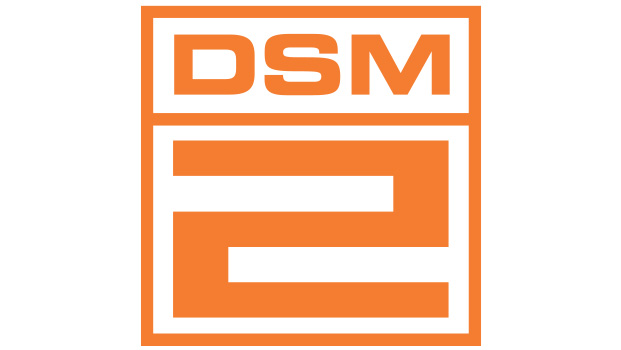
CONTINUED INNOVATION
After 2.4GHz, the next Spektrum innovation created for RC aircraft was AS3X (Artificial Stabilization – 3-aXis). The purpose of AS3X technology is to enhance the flight stability of all model types. AS3X technology works behind the scenes to help stabilize the aircraft in whatever attitude by using a sophisticated combination of sensors and exclusive flight control software. Every BNF® airplane or helicopter with an AS3X system is custom tuned by RC product development experts to deliver the best flying experience possible.
SAFE (Sensor Assisted Flight Envelope) technology is an advanced flight assistance system that allows pilots to fly without worrying about crashing due to common mistakes such as orientation loss or over-control. Built upon the successful Spektrum AS3X system, models with SAFE technology have multiple flight modes, progressive flight envelope limitations, self-leveling, and flight stabilization. By simply changing the position of a switch on the transmitter, a pilot can choose any flight mode for results that promote confidence and flight proficiency at a comfortable and often faster rate.
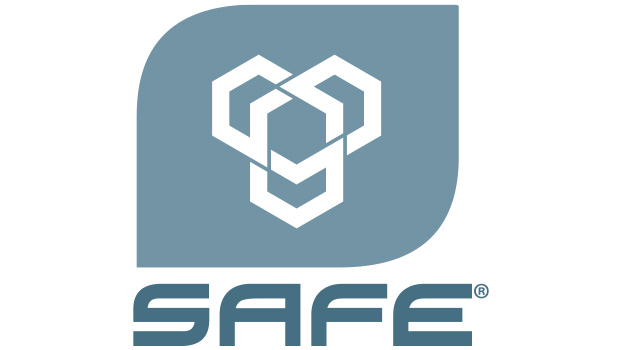
Every SAFE system has AS3X technology at its heart. AS3X technology has proven so versatile that different versions of SAFE technology, such as SAFE Select and SAFE Plus, are now available so a broader range of RC pilots can enjoy a better flying experience.
On the surface side, one of the most innovative technologies developed has been Spektrum AVC (Active Vehicle Control). With an AVC system, drivers can literally dial in extra stability as needed to carve corners or nail jumps without having to back off the power. Rough terrain, slick surfaces, loose dirt—drivers have full-throttle freedom whatever is down the road.
The AVC system works behind the scenes, making hundreds of minute steering and throttle adjustments per second to keep drivers on the line they want to hold. The system's steering and throttle management work harmoniously to keep drivers headed in the right direction.
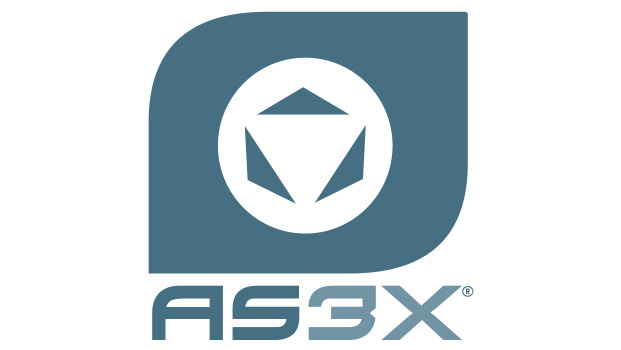
The latest innovation is the Smart ecosystem. Spektrum Smart products work seamlessly together—batteries, chargers, and ESCs. RC enthusiasts receive all-in-one telemetry to see temperature, RPM, voltage, and more. Safety is always a big concern when charging batteries. However, Smart chargers recognize the Smart battery's charging parameters as soon as they are connected, making the process safe and fast. Smart batteries discharge automatically—a feature you won't find anywhere else. It saves time, improves performance, and extends the battery's life. It's what you get with the Smart ecosystem—safety, simplicity, and convenience.
With more built-in protections, more "plug and play" functions, plus the ability to provide real-time telemetry without the clutter and cost of additional cords and components, Spektrum products using innovative Smart Technology are the smartest choice for every RC modeler.
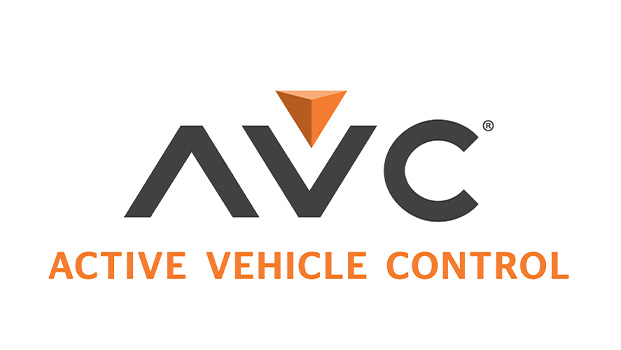
THE FUTURE
So what does the future hold for Spektrum users? Design, refinement, and testing continue today and will provide even more technical advances and breakthroughs in the future.
The best is yet to come.
